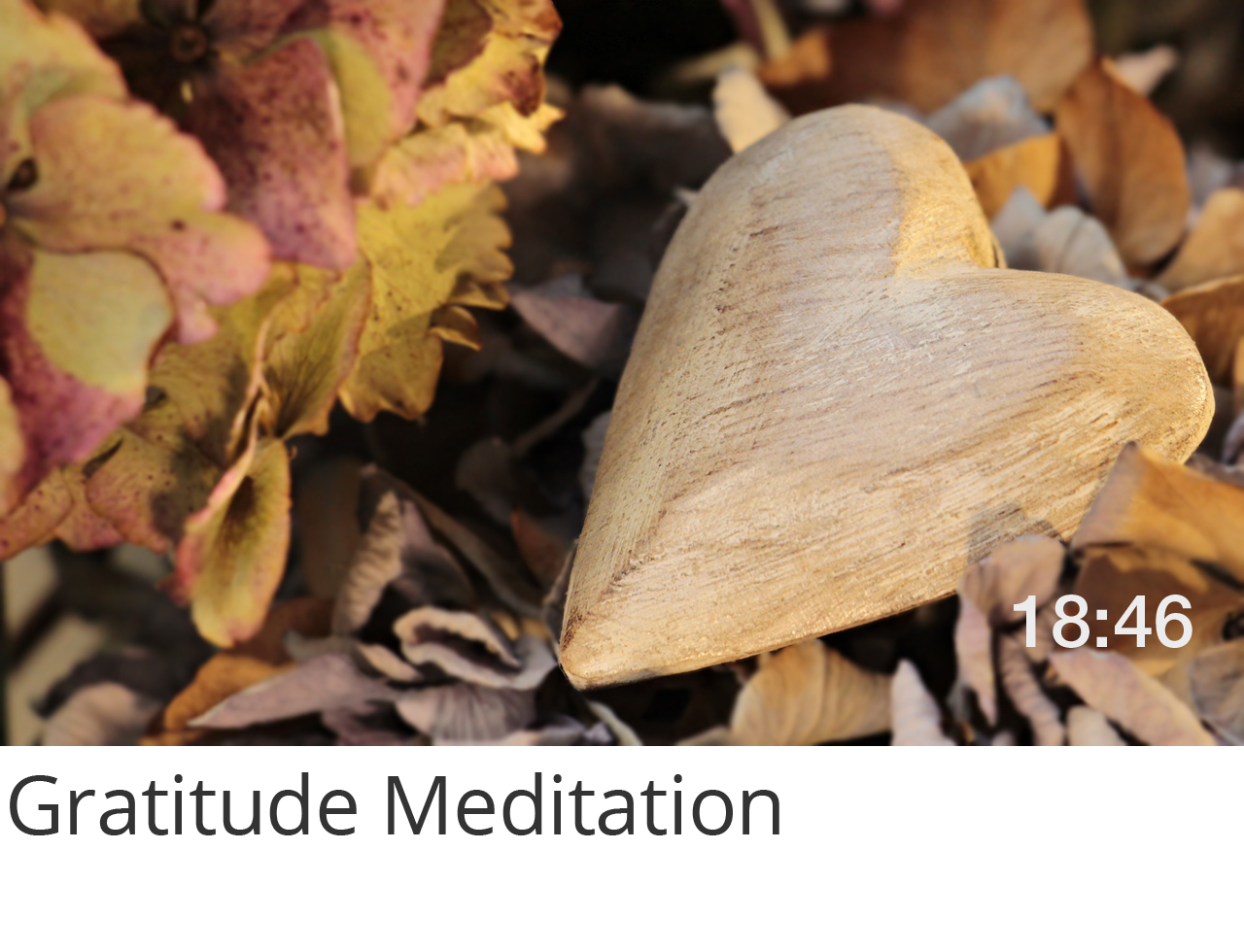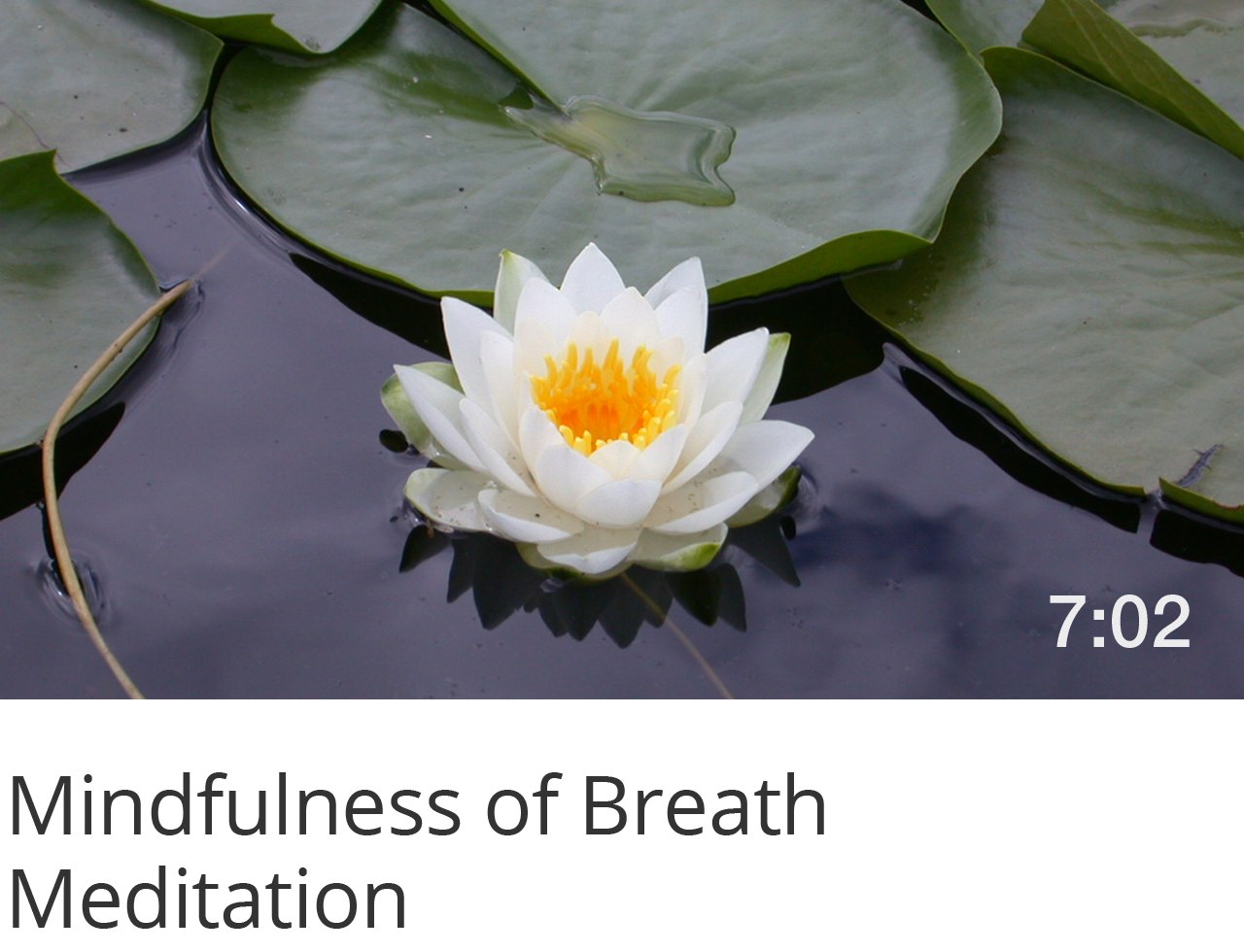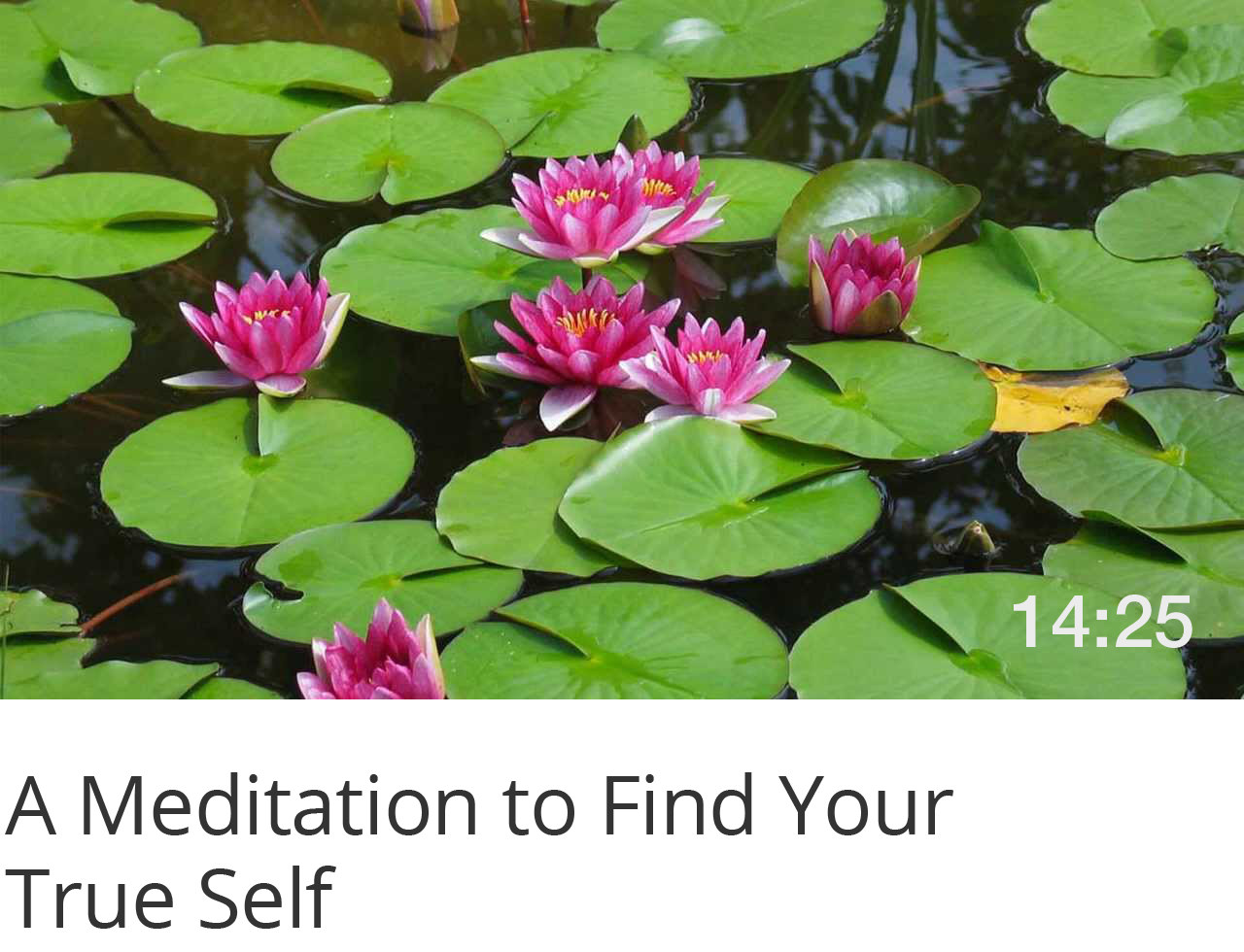Healthy boundaries are an expression of healthy relationships. Have you ever felt that your personal space was disrespected in a relationship, leading to misunderstandings and conflicts? Picture the discomfort of a friend or loved one overstepping boundaries by sharing your life details without consent, or imposing their demands upon you. Healthy boundaries transform such experiences, creating a foundation for respectful and fulfilling relationships.
In healthy relationships, mutually defined, healthy boundaries protect each person’s personal space and evolving needs by clearly defining what both people allow, expect, and need from each other. They foster mutual respect, supporting the best relationships while repelling the harmful ones. Many relationship breakdowns can be traced back to healthy personal boundaries not being defined, communicated, and respected. By understanding, implementing, and maintaining healthy boundaries, you can cultivate respectful and deeply fulfilling relationships and empower yourself to navigate them with confidence and authenticity. In this post, I’ll explore in detail what healthy boundaries are and why they are important, and I’ll guide you through the process of defining, setting, and maintaining them in your relationships.
What are Healthy Boundaries and Why are they Important?
Healthy boundaries are the limits and conditions you place on your relationships with others. They make it clear to others how they should respect you. In doing so, they serve two main purposes:
- Healthy boundaries protect you from letting the wrong people and things into your personal space. An example of maintaining healthy boundaries in this context is saying a clear no to a person you dislike or are uncomfortable with who wants to get into your personal space.
- Healthy boundaries protect your needs in a relationship. An example of maintaining healthy boundaries in this context is saying a clear no when your partner requests you to do something you are uncomfortable with or not ready for.
Maintaining healthy boundaries is important for ensuring that you can meet your authentic needs. They protect your authenticity and self-development. It’s important that you have the time and space you need for the activities required for living from your true self. In the most compatible relationships, these authentic needs will not only be fully supported, but will also, in many cases, be shared. This is a win-win situation, allowing you both to fulfil your individual needs together should you both desire. Picture meditating together with your partner and feeling fulfilled that you both enjoy doing so to fulfil your authentic needs.
Establishing healthy boundaries involves more than just refusing unwanted things from others. It also involves saying yes to the things you want from them. This is the difference between healthy boundaries and barriers of isolation or neurotic avoidance. As the healthiest boundaries empower you to meet your authentic needs, you need to keep some things out and let other things in, depending on whether they serve your authentic needs. Your boundaries therefore protect your authentic needs while honouring your relationship as the means for a valuable, respectful exchange between you and the other person.
How to Set Healthy Boundaries
Until you start to know your true self, you won’t fully know how to set healthy boundaries, as you won’t know what all of your authentic needs and values are that your healthy boundaries aim to protect. For this reason, defining and setting healthy boundaries requires you to discover what your authentic needs and values are by practising mindfulness and self-inquiry. Who are you? What is the real you behind the persona you project? What are your authentic needs and values that enable you to be your true self? How can you be more yourself?
The integration of mindfulness into the process allows you to stay present and aware of your evolving needs and values, fostering a deeper understanding of how to define your boundaries. In addition, emotional intelligence helps you to recognise and respond to emotions in a way that supports your needs and the setting of boundaries.
Once you start to understand your authentic needs and values, you can start to define what an acceptable relationship is for you based on these needs and values, and what activities based on them you need to safeguard within that relationship. A relationship with high compatibility is ideal as it reduces the potential for conflict around the meeting of your needs and provides an opportunity for both of you to meet more of them together as shared needs.
Once you have defined what you need to say yes or no to in a relationship, you are ready to define your boundaries and communicate them clearly and assertively to the other person. Doing so is an act of self-respect. Use “I” statements and make them as specific and as positive as possible, avoiding passivity, aggression, blame, and accusation. Here are some example boundary statements. Your own statements should respond to your authentic needs and values and the ever-changing situations you are experiencing.
- I need to be my true self and dedicate my time to my self-development.
- I need to express my truth openly and authentically.
- I need to get this task done.
- I need to be on time for my meeting.
- I need to hear the truth from you.
- I need to be respected.
- I will not tolerate verbal or physical abuse.
When choosing your words, be mindful of your relationship and consider the other person’s needs, values, perspectives, and emotions. Relationships are often a dance of negotiation and co-creation, so be flexible without sacrificing what’s really important. Some of your needs will be non-negotiable and some of them will be negotiable. Examples of non-negotiable needs that require protection with strong boundaries are authenticity, respect, happiness, autonomy, wellbeing, safety, and dignity. Negotiable needs include low-priority needs and needs that can change and evolve to better serve you and your relationship. To promote greater intimacy and harmony in your relationship, identify shared needs and discuss how you might meet some of them together instead of in isolation. This honours the basic need of a relationship to foster intimacy and mutual connection.
Certain boundaries are implied because they should be present in every relationship. An example is a boundary that protects personal safety. However, an implied boundary can sometimes be a grey area if it’s more conditional, meaning that what you assume is an implied boundary may not be assumed by the other person. Picture a situation in which you have just given your partner a glimpse of your journal. The boundary of privacy is still implied for you, but if your partner hasn’t checked on this, they may take your sharing as permission to take your journal from your hands and look through the rest of it without seeking your consent. If it’s unclear whether the other person is aware of the implied boundary, state the boundary and confirm their understanding of it so that it’s clearly set.
In terms of when to set boundaries, set them as soon as possible. They can be harder to set later on, and if setting them is postponed for too long, there may be future misunderstandings, frustrations, and conflicts when you set them. The other time to set boundaries is when you are in conflict with the other person or when your boundaries have been violated by them.
Difficulties Setting Healthy Boundaries
Problems with boundaries occur in relationships when they have not been well-defined, effectively communicated, or subsequently respected.
If defining your boundaries proves challenging, it can be due to:
- Incomplete understanding of your needs.
- Insufficient acknowledgement of your needs.
- Prioritising others over yourself or losing yourself in them, neglecting your own needs.
If you think any of these apply to you, it’s crucial to work on your self-awareness, self-worth, and self-respect, while addressing any tendencies towards people-pleasing and self-sacrifice. My posts on Self-Inquiry, Loving Yourself, and How to Release Negative Patterns Effectively can help you in focusing on these tasks.
If you struggle to communicate your boundaries and needs effectively, it might be because:
- You do not want to scare the other person off.
- You do not want the other person to disapprove of you.
- You do not want an argument.
- You fear that discussing your needs and boundaries might make you realise you are in the wrong relationship.
If you think any of these apply to you, it’s crucial to focus on enhancing your self-worth, self-respect, and assertiveness, as well as addressing any tendencies towards people-pleasing and self-sacrifice. Be strong, and honour your true self and authentic needs. Check out my posts Loving Yourself, How to Release Negative Patterns Effectively, and How to Communicate Effectively with Mindfulness and Emotional Intelligence for assistance with these tasks.
If you need additional support with identifying your authentic needs, defining and communicating boundaries effectively, or addressing patterns of people-pleasing, self-sacrifice, or low self-worth, schedule a Guidance Call with me and I’ll help you to get clear about this.
When Your Boundaries are Disrespected or Violated
If someone disrespects or violates your boundaries, it’s essential to reflect on the reason for this and whether your communication was clear and assertive enough. Did your behaviour send mixed messages? Sometimes boundaries can be disrespected as a result of people not getting to know each other sufficiently before they commit to a relationship and begin to trust. Regardless of the cause, restate your boundaries clearly and assertively and discuss the issue of respect if it appears lacking.
Regular and ongoing self-reflection is crucial as it helps you stay attuned to your evolving needs and ensures that your boundaries remain aligned with your authentic self. If your boundaries are repeatedly disrespected after you have clearly communicated them, the relationship might not be the best one for you: without mutual acceptance of each other’s needs, a genuine relationship is simply not possible. Recognise early on if a relationship isn’t in your best interest. Don’t force yourself to be in an unfulfilling relationship in the hope that things will change. Consider if cognitive distortions are maximising and minimising crucial aspects of your relationship, causing you to put up with an unfulfilling situation, and address them if they are.
Healthy Boundaries – a Summary
The purpose of having healthy boundaries in place is to protect you from being disrespected by others, and to protect your personal space and integrity so that you can be in your centre, meet your authentic needs, and flourish in your true self. The personal time and space required for self-inquiry and attending to your authentic needs is crucial in healthy relationships. Neglecting your own needs and prioritising the happiness of others can lead to your self-abandonment, perpetuating a cycle that drains you and leaves you feeling unfulfilled and disconnected from your true self. Healthy boundaries contrast with ego defences, which often limit the potential for authentic living and healthy relating, particularly when they express themselves as avoidant behaviour.
Setting healthy boundaries requires some flexibility and negotiation as a relationship is always an exchange between two people. Both people should communicate clearly and assertively to each other what their authentic needs are and check that these needs are understood and that boundaries are agreed on.
When setting healthy boundaries, be sure to discuss how the meeting of each other’s needs can be done in harmony so that the needs of the relationship are also met. A relationship is blessed by an integration of individuality and togetherness, which is easier when there is greater compatibility. In compatible relationships, individuals can blend so that their shared individual needs are met in the blending because of each other. The goal of healthy relationships is not to create or maintain separation but to explore how you can blend together as compatible, authentic individuals, fulfilling shared needs together in a loving and respectful way that would not have been possible alone.
Next step: to get clear about setting healthy boundaries and relating in ways that meet your authentic needs, schedule a Guidance Call with me.







